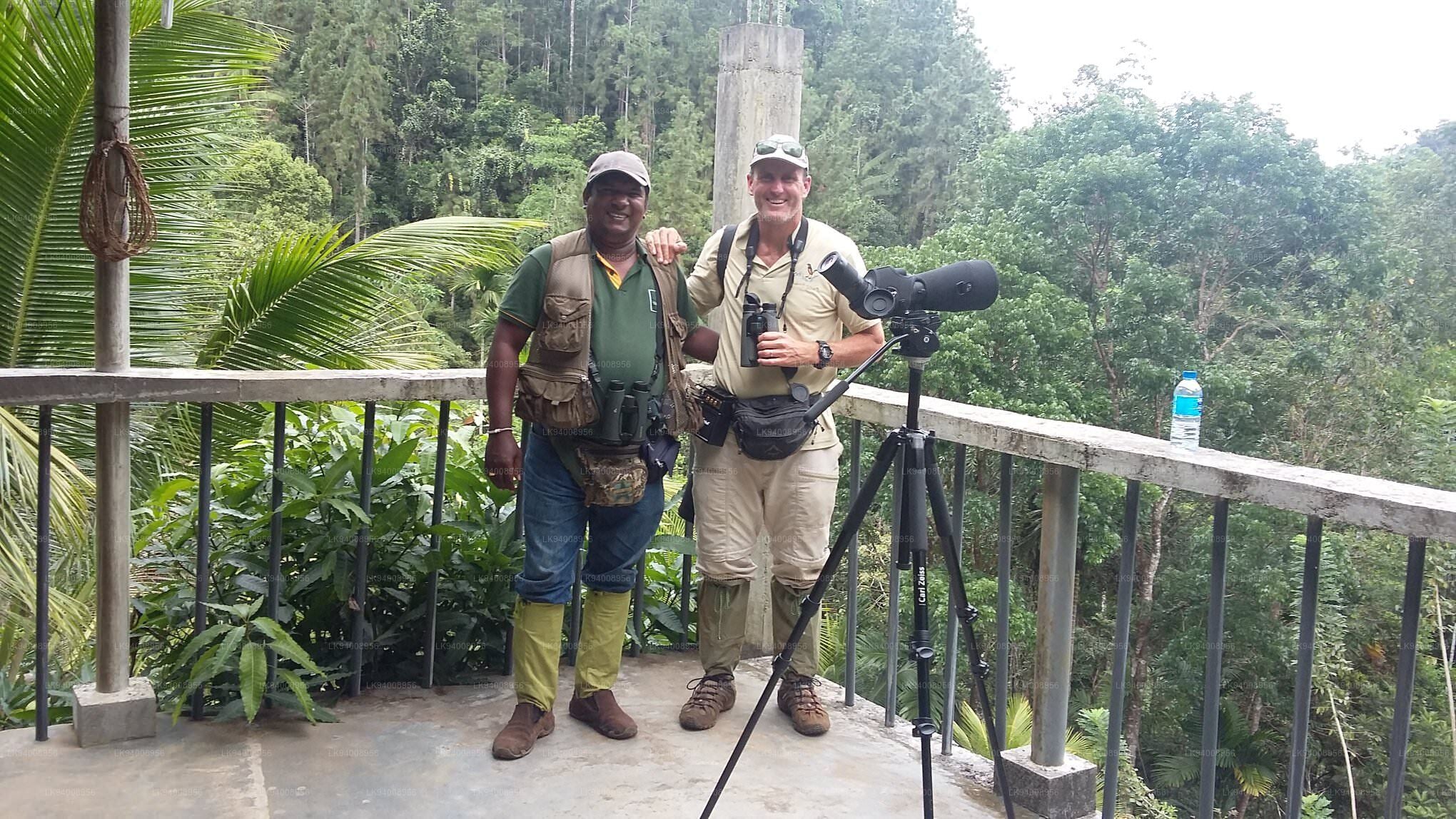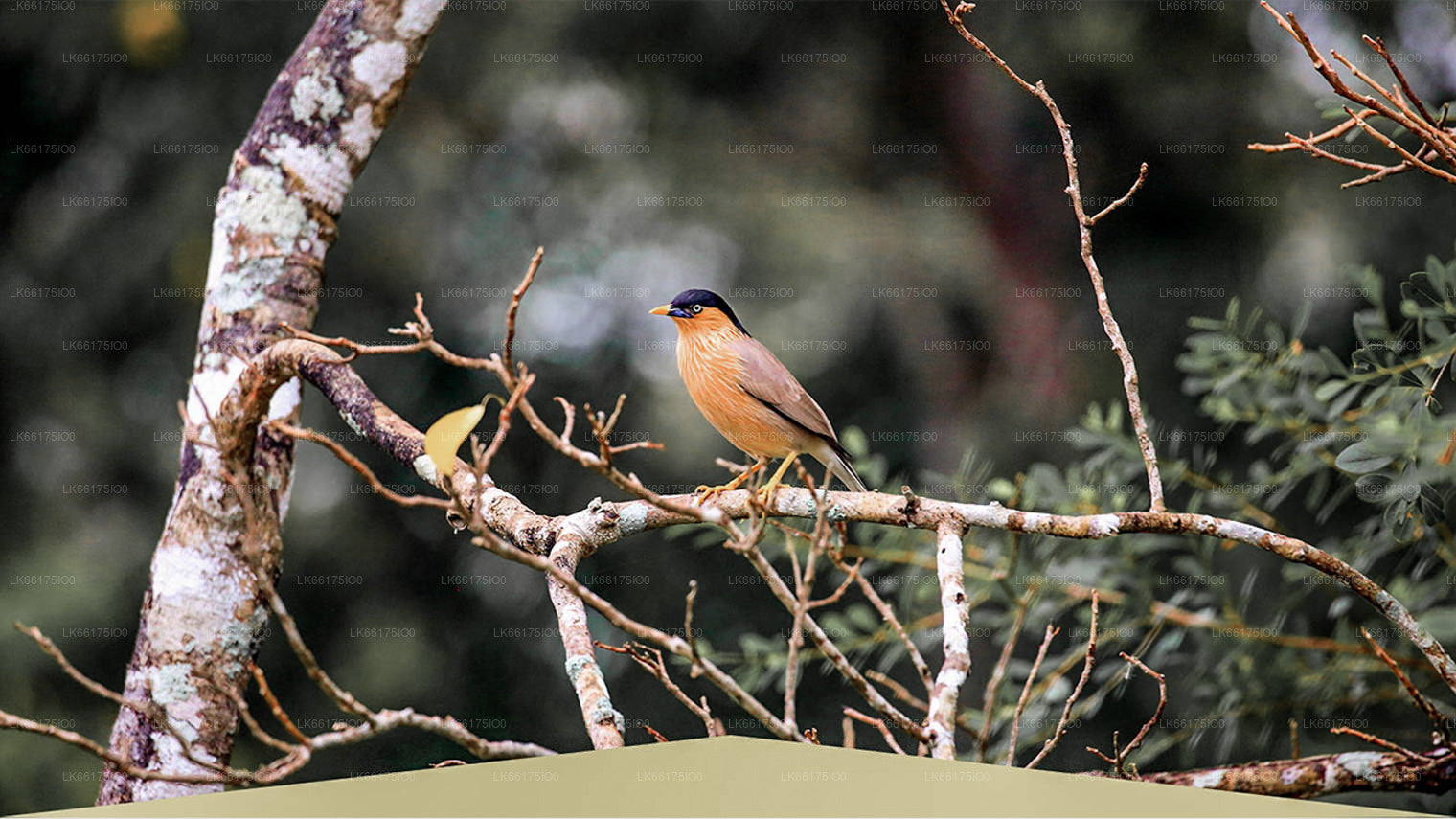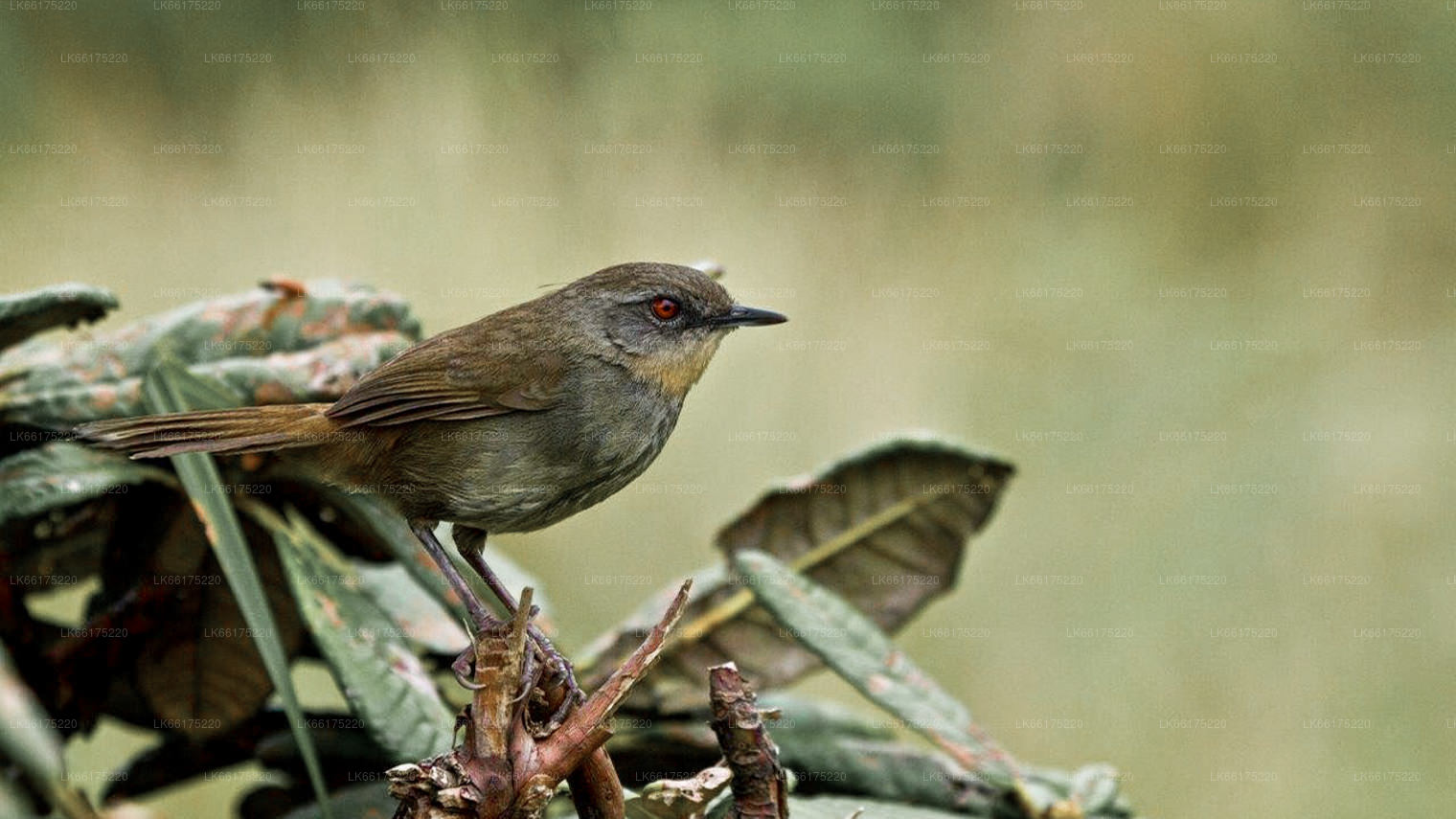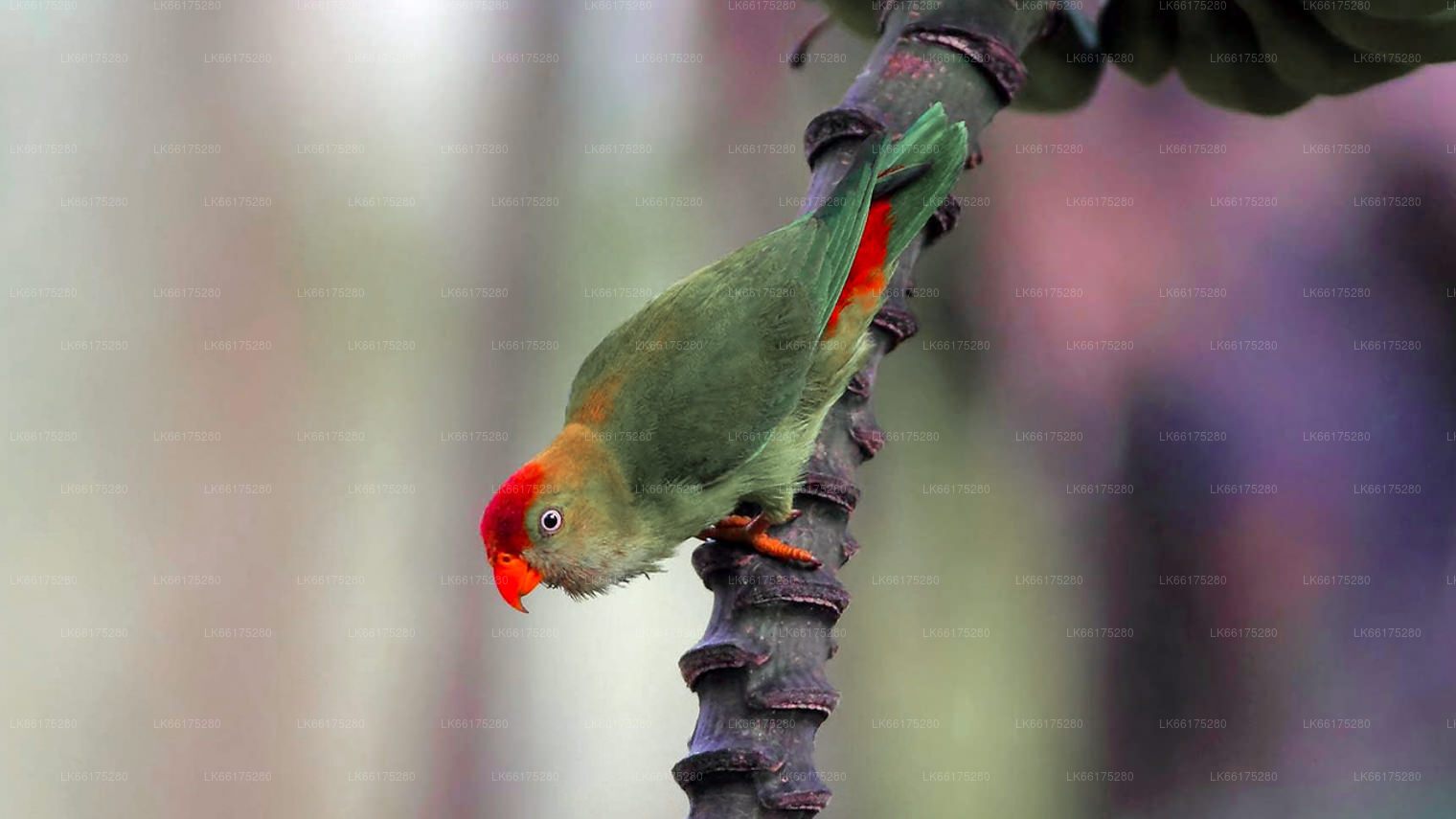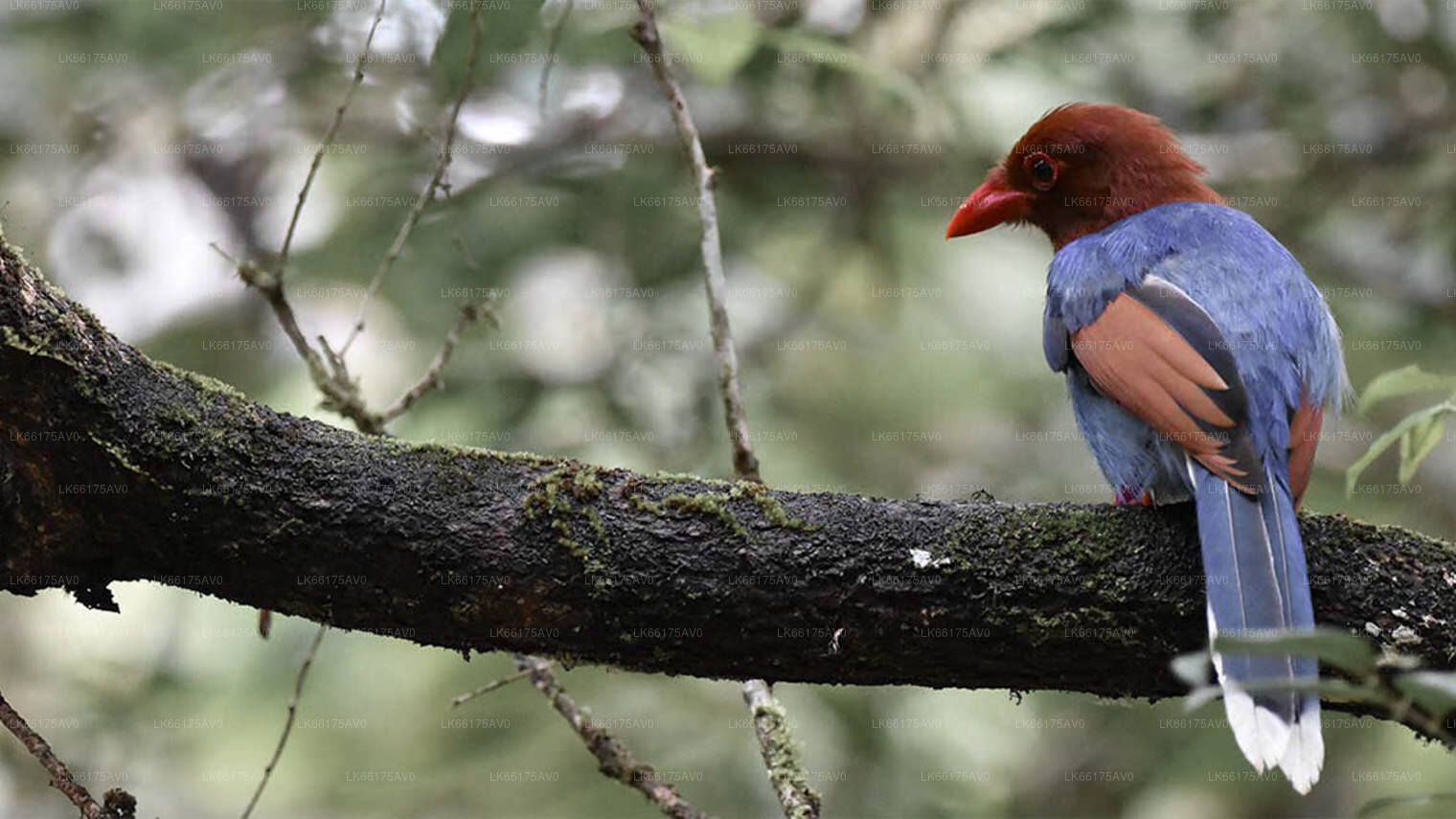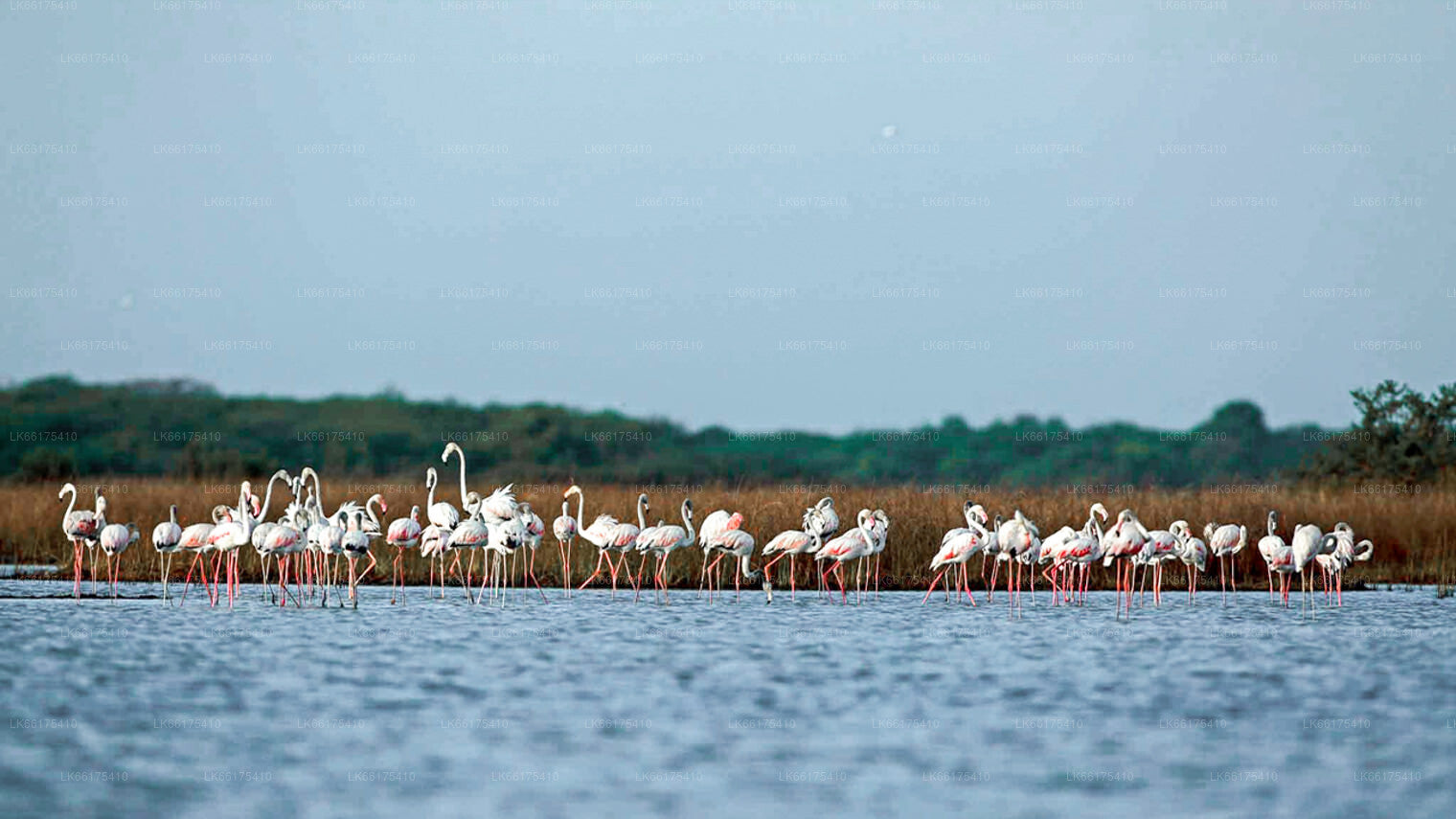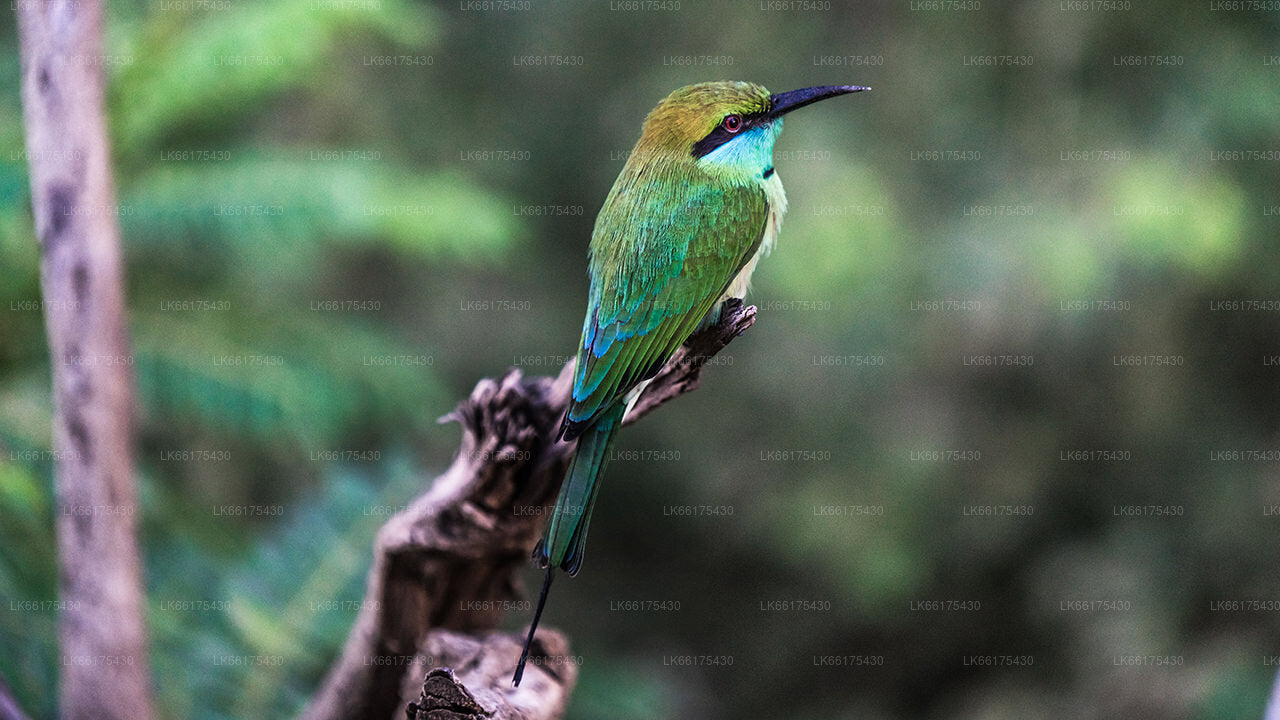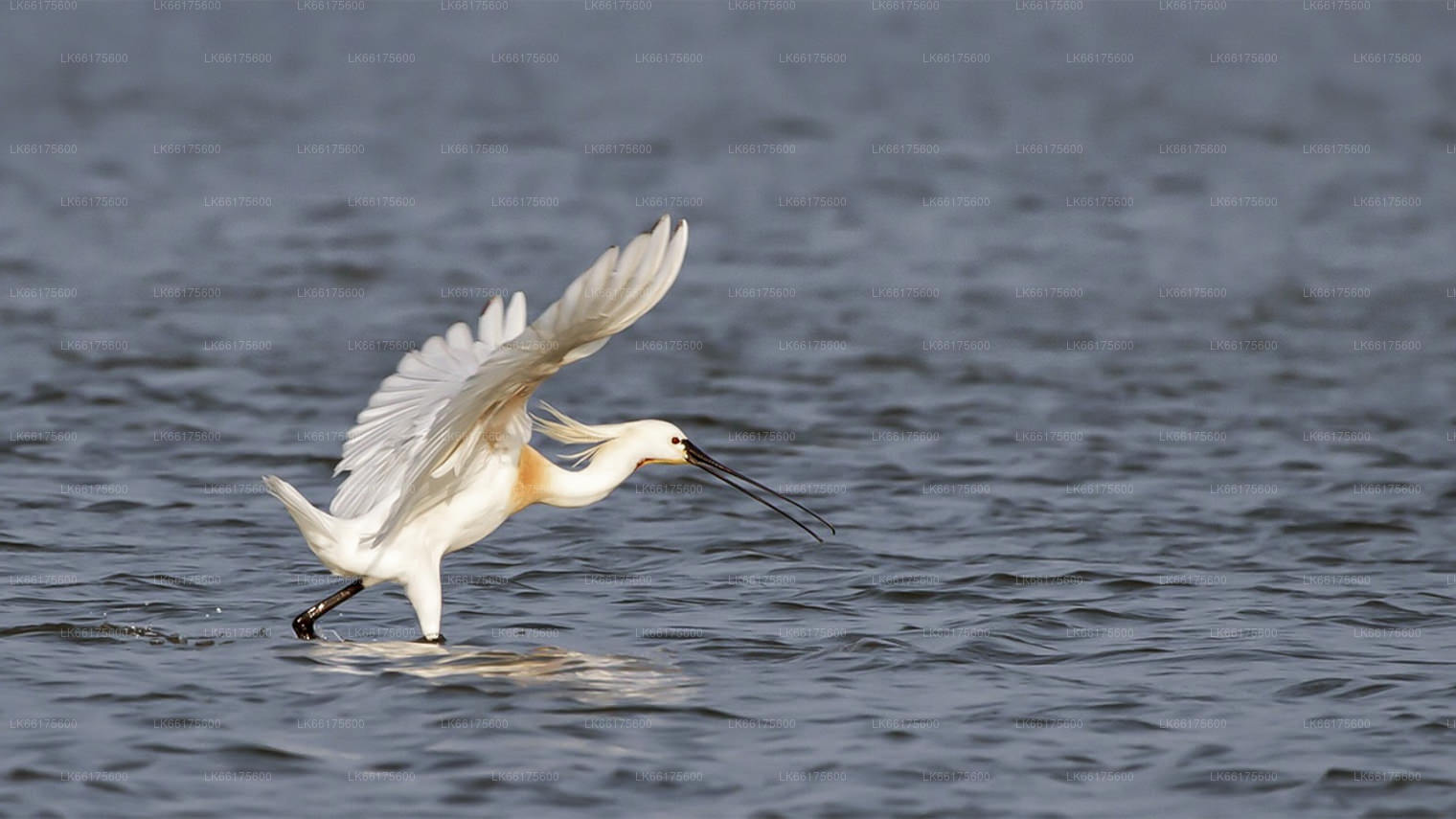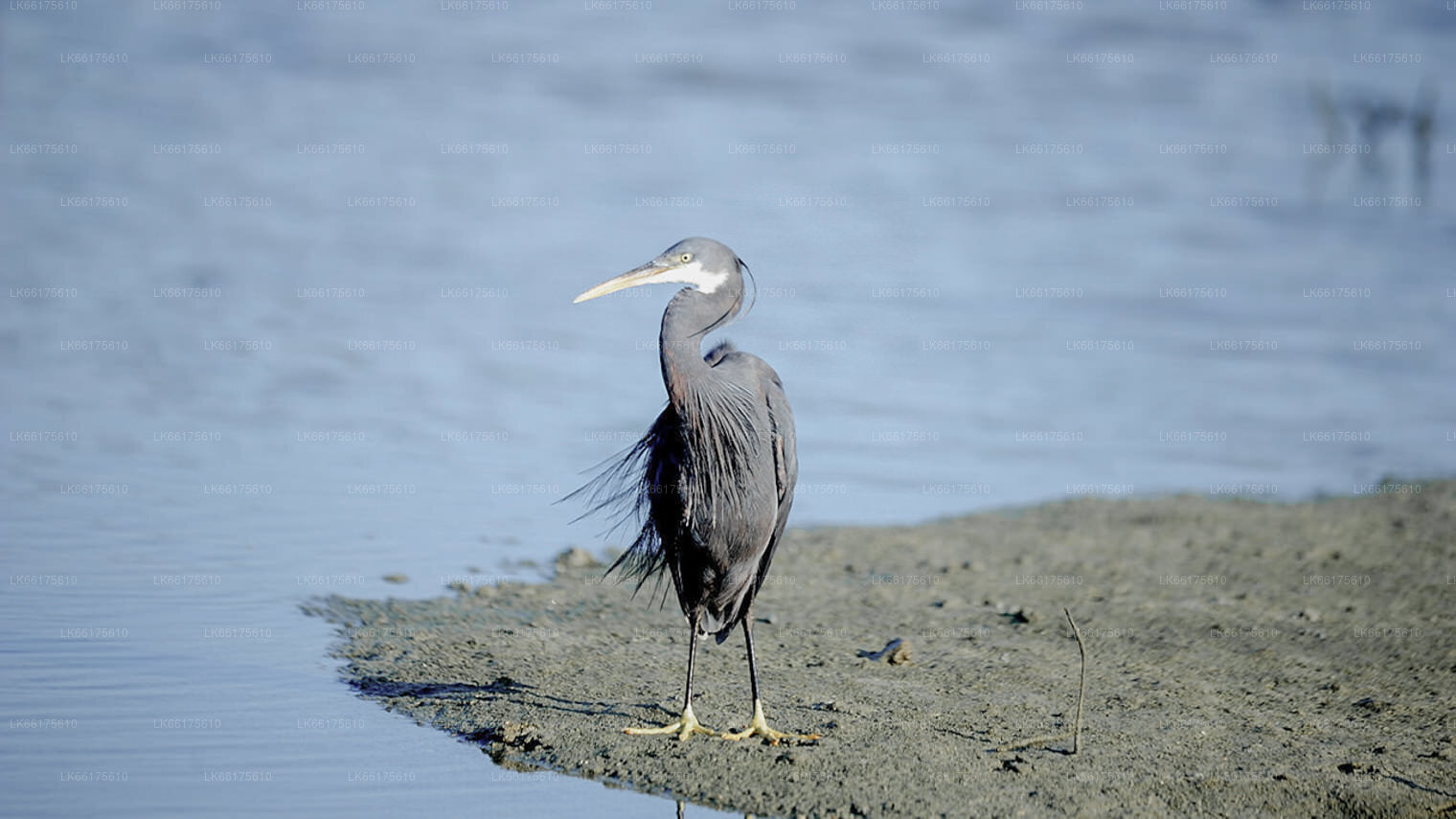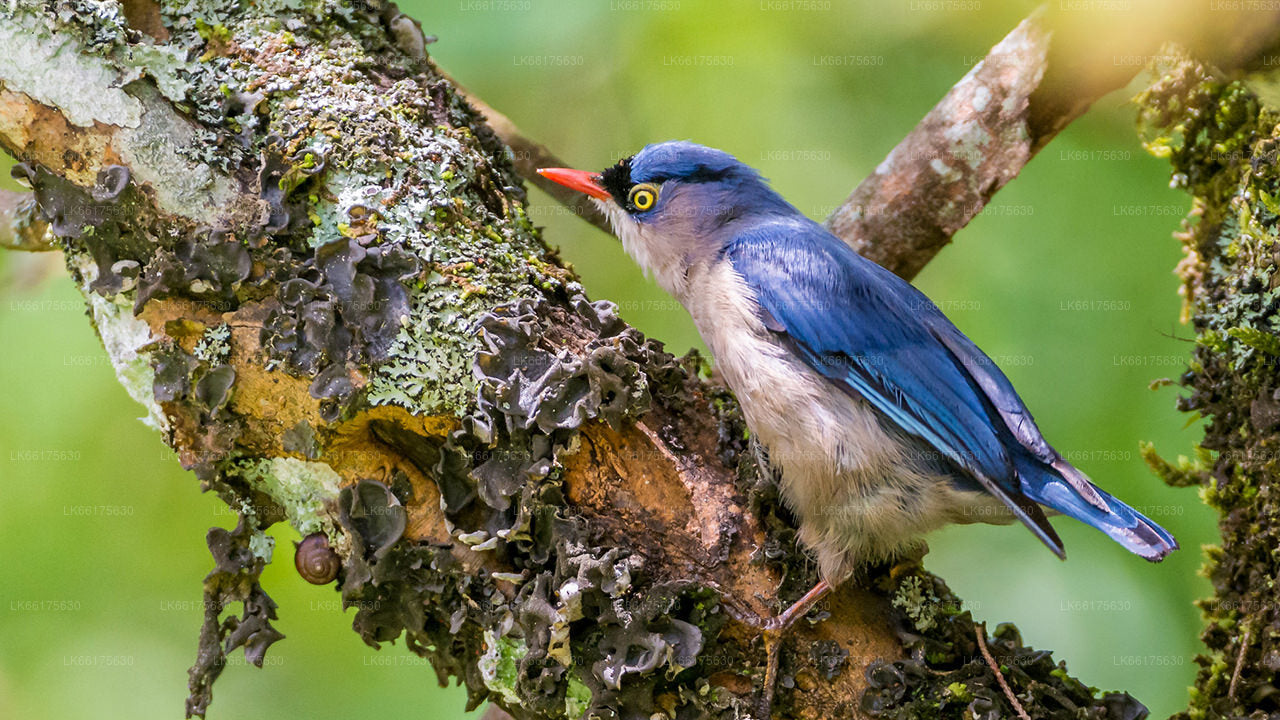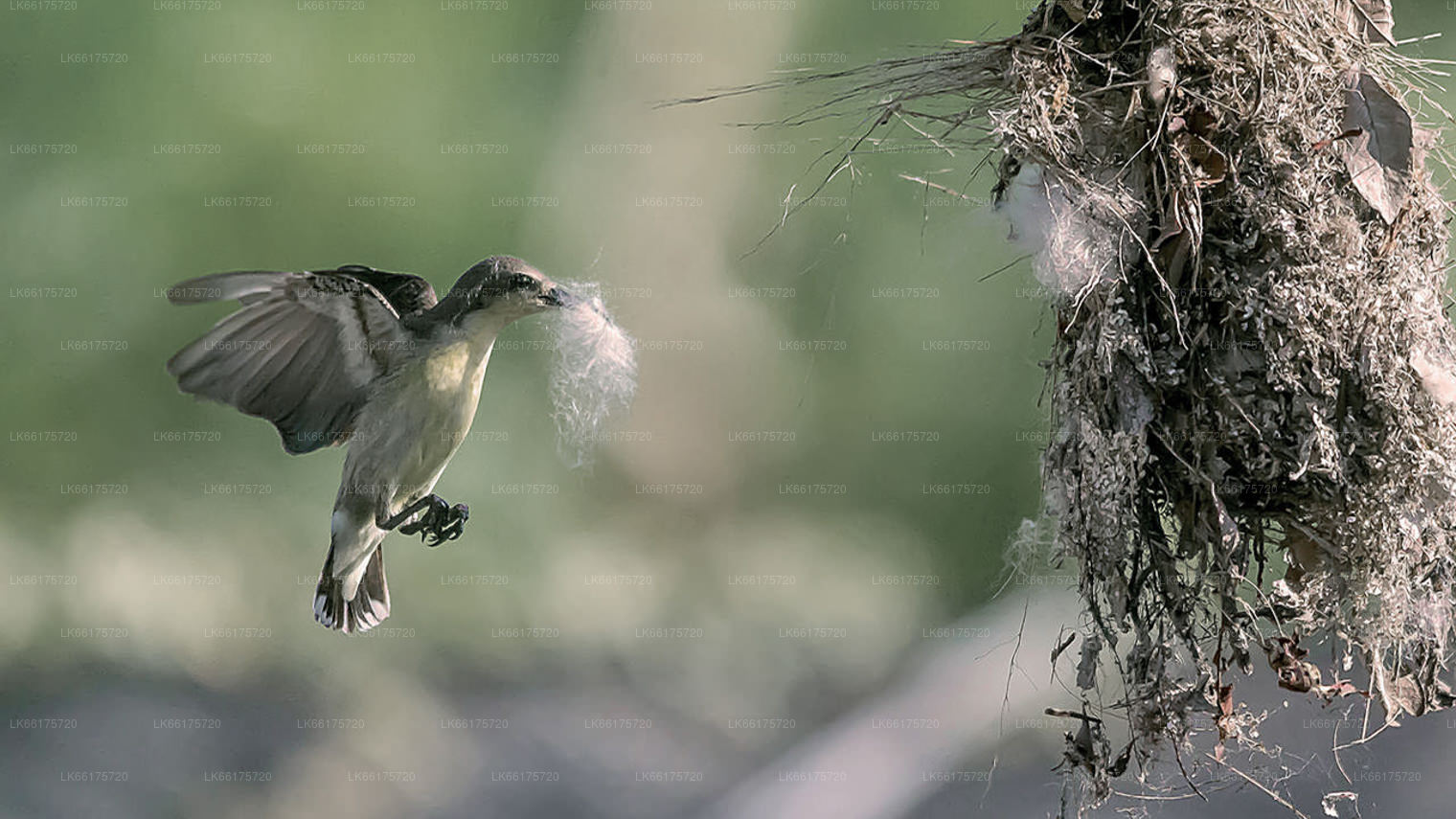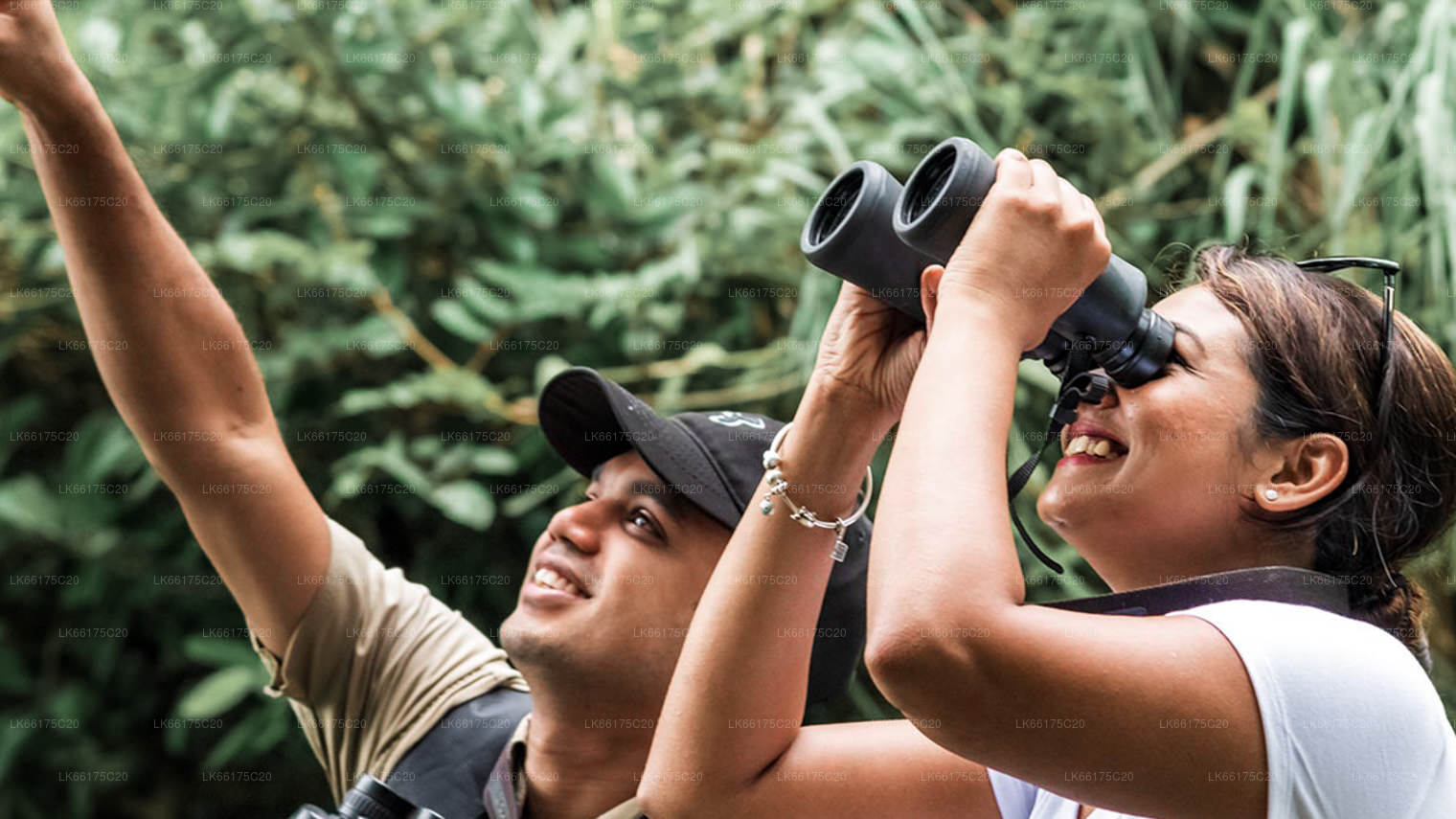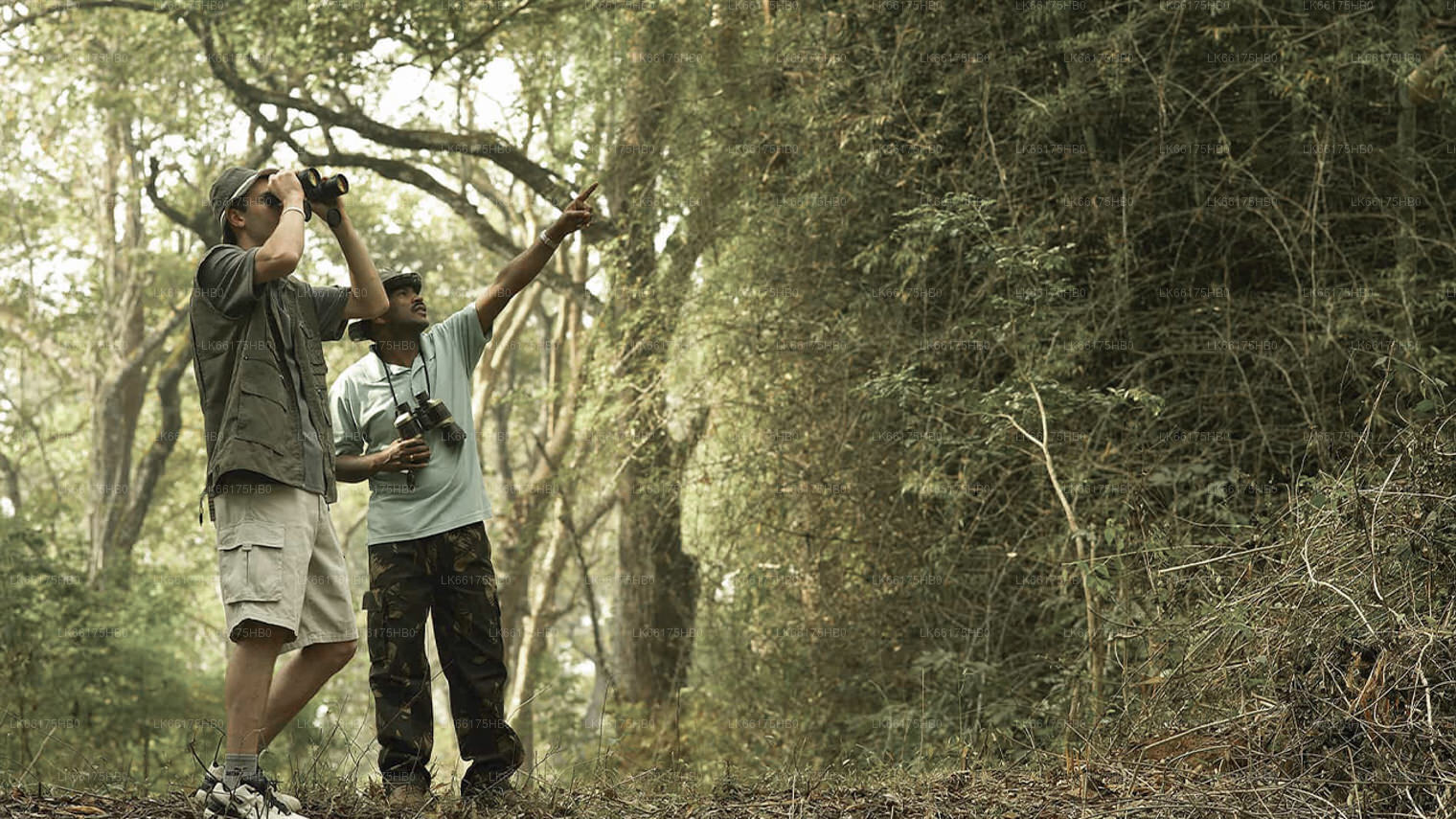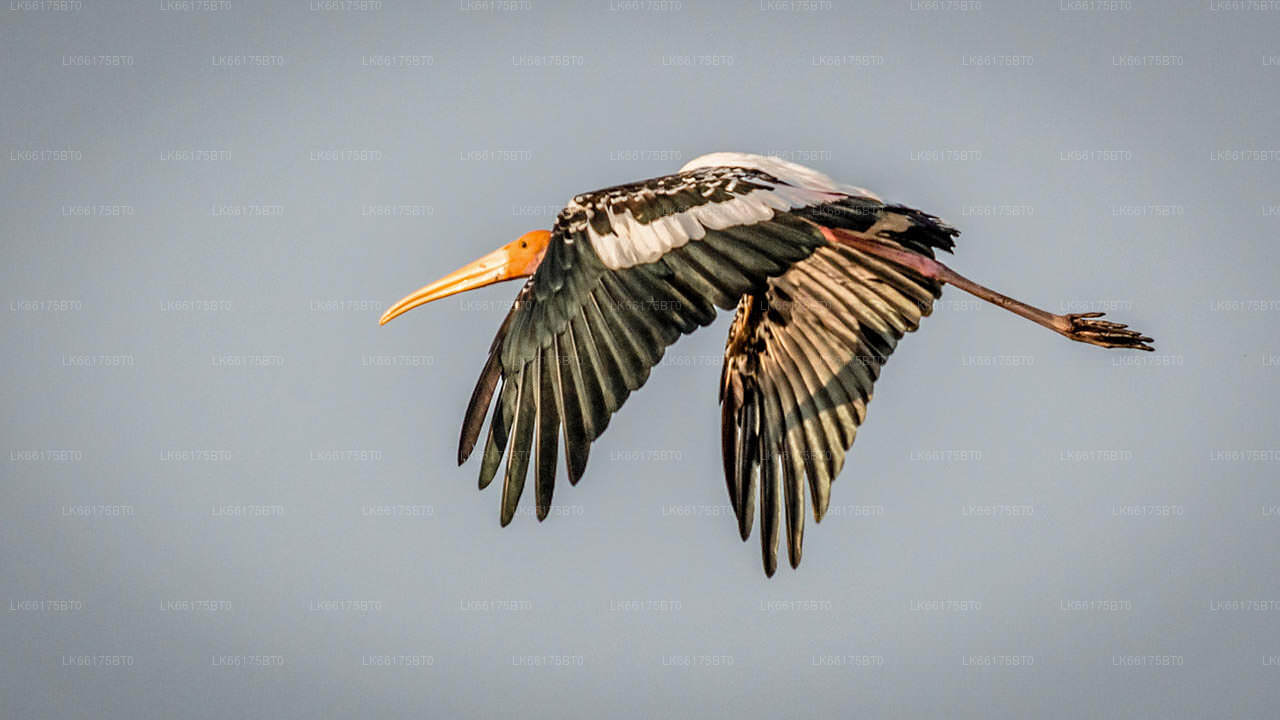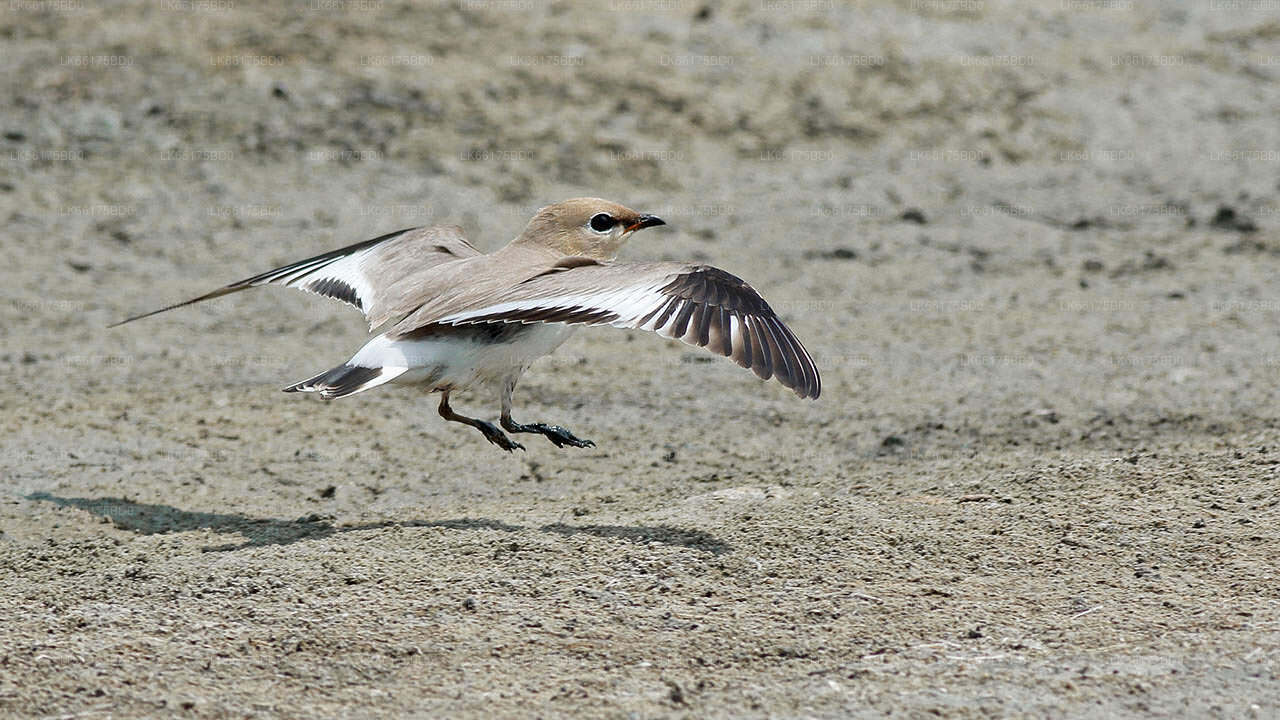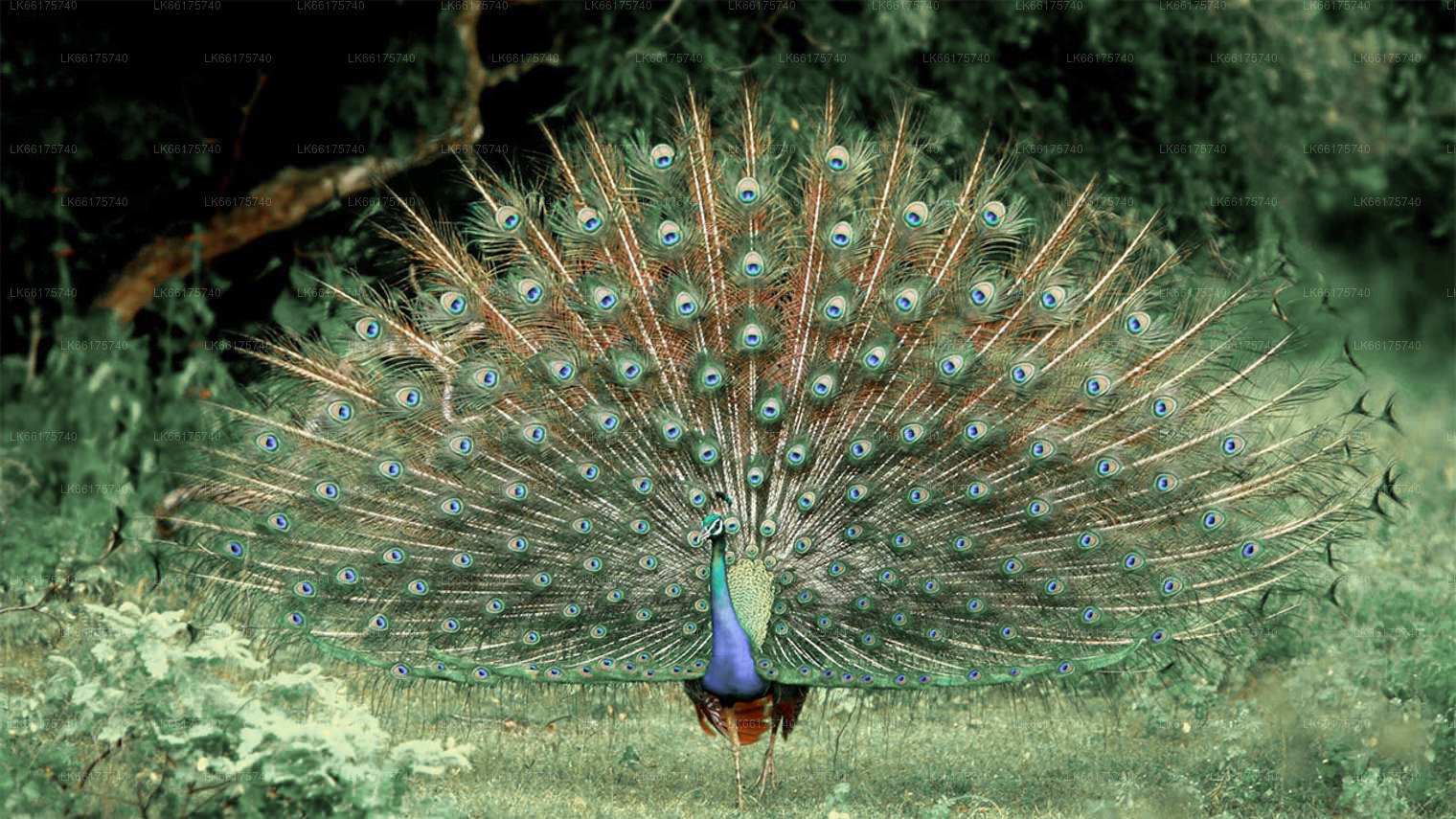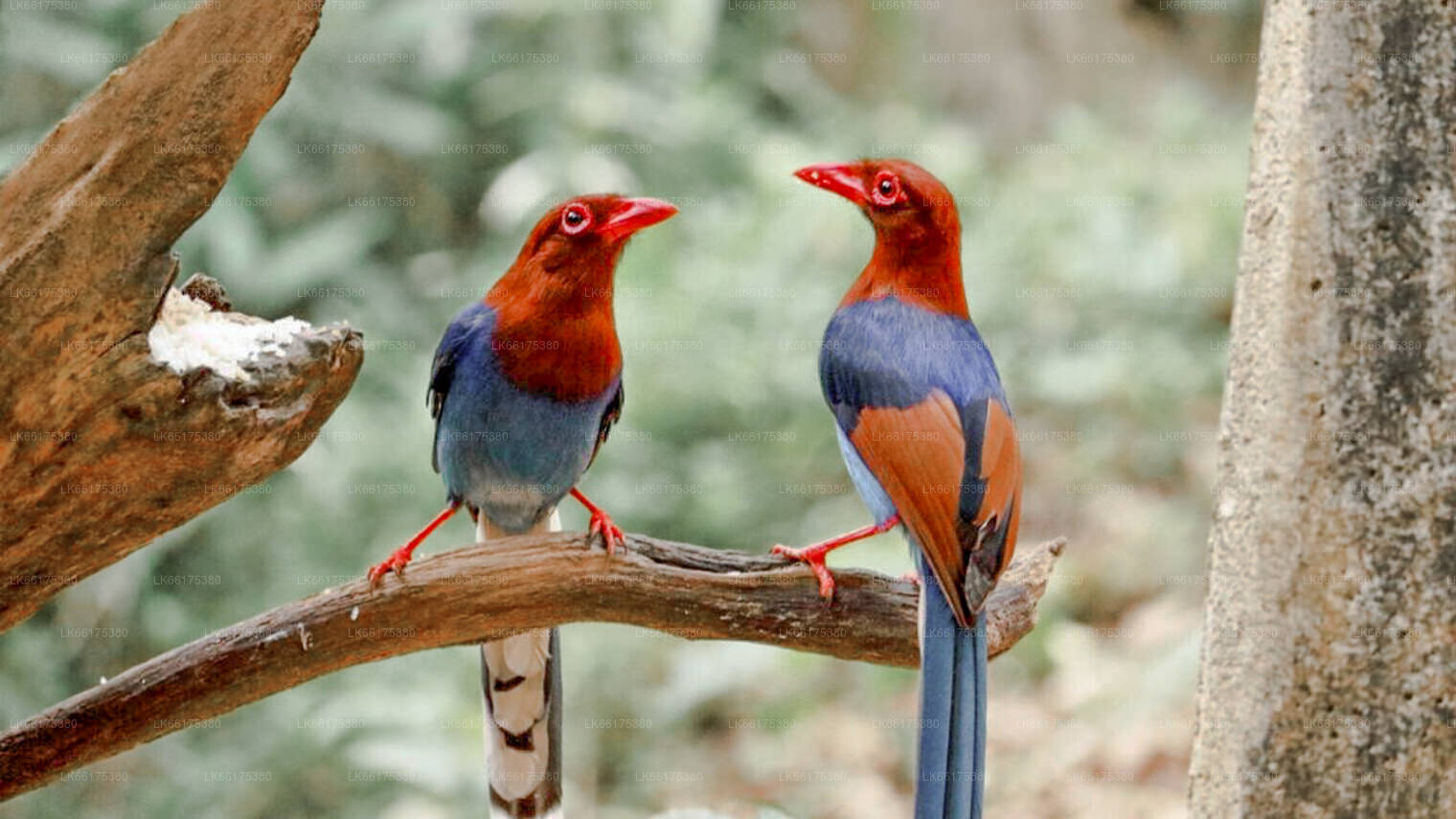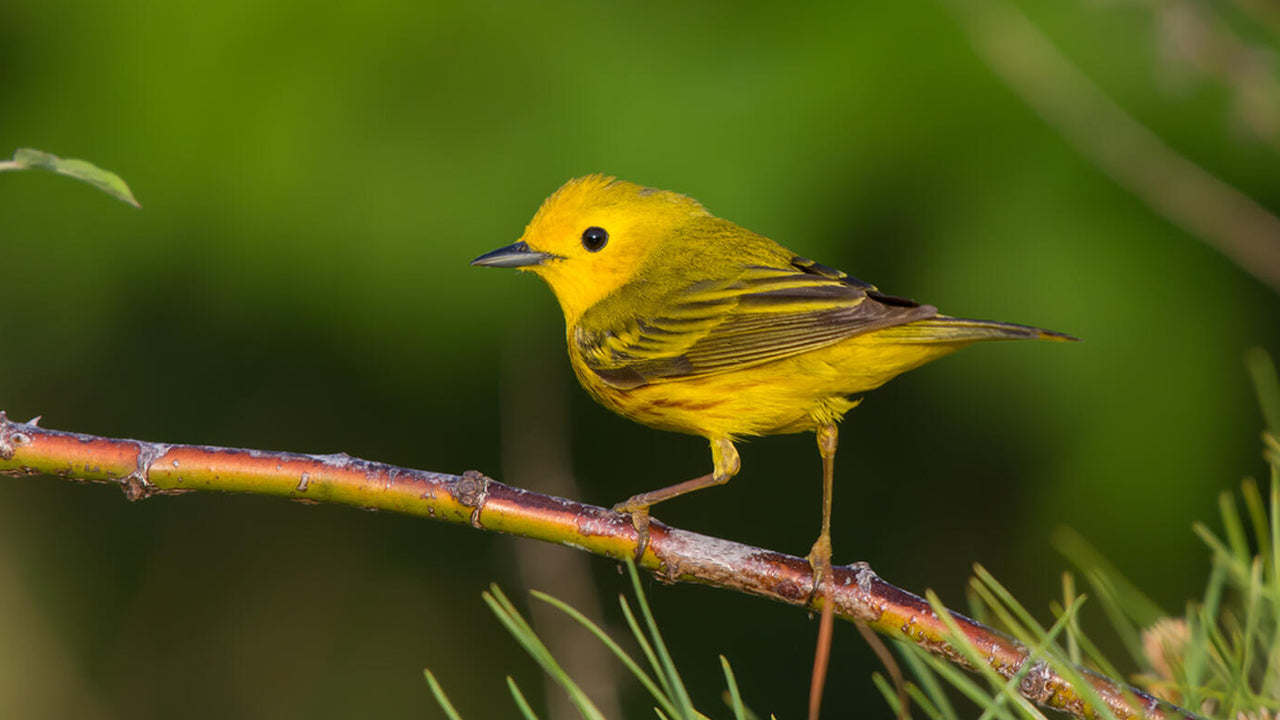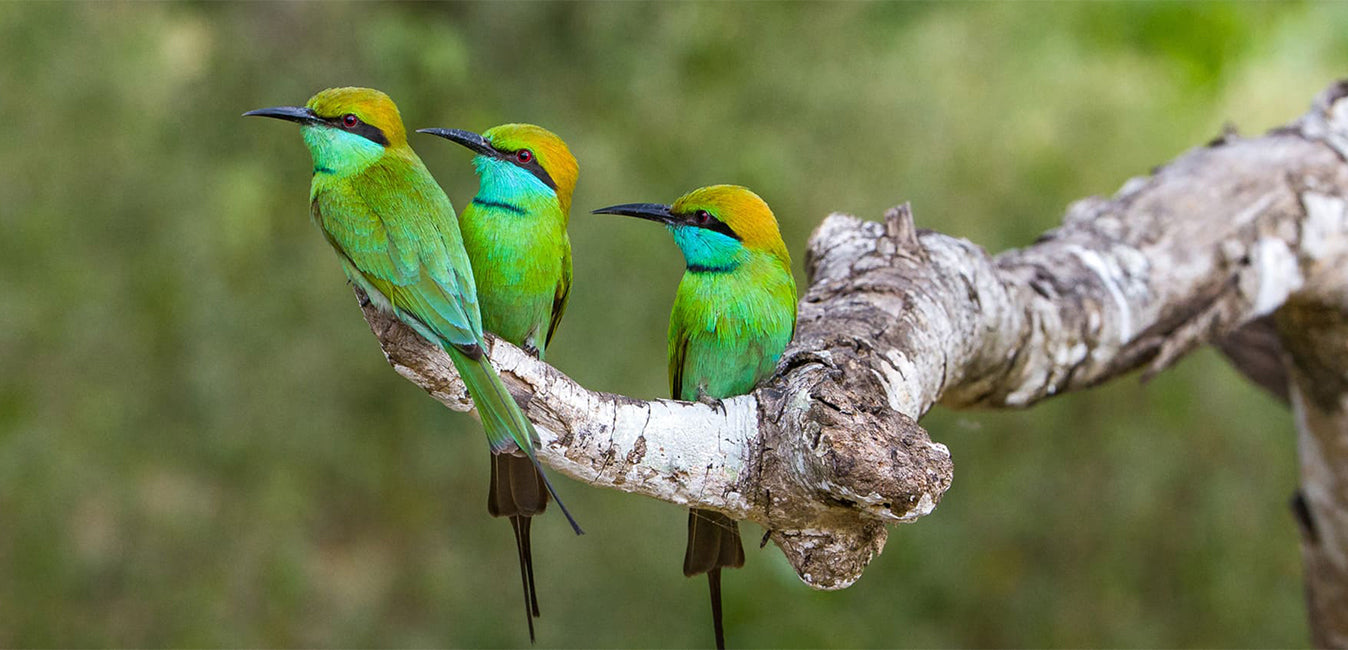
Birdwatching
Sri Lanka is a birder's paradise. A tropical island in the Indian Ocean situated 10 degrees north of the equator, boasting of diverse and favourable climatic conditions and natural habitats such as forests, scrublands, grasslands, wetlands, seas and agricultural lands.
White-bellied sea eagle
The White-bellied Sea Eagle (Haliaeetus leucoryphus) is a large and powerful bird of prey found in coastal regions across South and Southeast Asia.
Physical Characteristics:
Adult Appearance: The adult White-bellied Sea Eagle has a majestic look with white plumage on its belly, undersides, and tail. Its back and wings are a dark gray or brownish-black, and its head is slightly lighter in color. The bird has a prominent, hooked beak that helps it catch and tear apart its prey.
Juvenile Appearance: Young White-bellied Sea Eagles are much darker, with brown plumage on the back and wings, and a speckled or streaked appearance on their underparts. They gradually acquire the adult plumage over the first 2–3 years of their life.
Eyes and Vision: The eagle's eyes are large and sharp, adapted for spotting fish and other prey from a great height. Their eyesight is estimated to be several times more acute than that of humans.
Behavior and Hunting:
Hunting Techniques: The White-bellied Sea Eagle hunts by gliding high in the air, scanning the water below for prey. Once it spots a fish or other suitable target, it dives with remarkable precision. The eagle has strong talons capable of grasping fish, birds, and even larger prey like small mammals.
Feeding: The majority of their diet consists of fish—typically medium-sized species such as mullets, catfish, and tilapia. They often fish from shallow waters, using their talons to snatch prey from the surface. Occasionally, they will hunt crabs, birds, and even small reptiles, and may scavenge from other birds of prey.
Flight Pattern: The White-bellied Sea Eagle's flight is graceful and powerful. They use soaring and gliding techniques to travel long distances over water bodies. Their strong wings allow them to maintain high altitudes while searching for food, often flying alone or in pairs.
Nesting and Reproduction:
Nesting Habits: These eagles build large nests made of sticks, twigs, and sometimes leaves or grasses. They typically nest in tall, mature trees, often near a body of water like a river, lake, or the coastline. Some pairs have been known to reuse the same nest for many years, adding to it with each breeding season.
Eggs and Incubation: The female lays 1-2 eggs, which are incubated for about 35–45 days. The incubation is shared between the male and female, with the female usually spending more time on the nest. After hatching, the chicks are fed by both parents and are cared for in the nest for several months before they fledge (leave the nest).
Chick Development: Chicks are born with soft down feathers and are completely dependent on the parents for food and protection. They begin to grow stronger as they develop their feathers, and after a couple of months, they are capable of short flights. By the time they reach 5 to 6 months old, they are fully fledged and independent.
Distribution and Habitat:
Geographic Range: The White-bellied Sea Eagle is native to parts of South and Southeast Asia, including the coasts of India, Sri Lanka, Bangladesh, Myanmar, Thailand, Malaysia, and Indonesia. It is also found in parts of the Philippines and some of the islands in the western Pacific. The eagle thrives in tropical and subtropical regions, especially around coastal ecosystems such as estuaries, mangrove forests, and river mouths.
Habitat Preferences: This eagle prefers habitats near water, particularly those with abundant fish and other aquatic life. It can be found in both marine and freshwater environments, although it favors coastal zones for nesting.
Conservation:
Status: The White-bellied Sea Eagle is classified as Least Concern on the International Union for Conservation of Nature (IUCN) Red List, meaning that it is not currently facing a significant risk of extinction. However, local populations can be threatened by habitat loss due to human development, especially in coastal areas where urbanization and pollution can disrupt their habitats.
Threats: Habitat destruction is one of the main threats to the White-bellied Sea Eagle. Coastal development, deforestation, and pollution can all have detrimental effects on their nesting sites and food sources. In some regions, illegal hunting or egg collection has also posed a risk to populations. Additionally, declining fish stocks due to overfishing can impact the eagle's food supply.
Conservation Efforts: In some regions, conservation initiatives and national parks have been established to protect the eagle's habitat. Environmental laws and the creation of protected areas are key to preserving both the White-bellied Sea Eagle and the ecosystems they depend on.
Cultural Significance:
Symbol of Power and Freedom: In many cultures, the White-bellied Sea Eagle symbolizes strength, freedom, and power due to its majestic appearance and prowess as a hunter. In some Southeast Asian countries, it is revered for its beauty and is considered a national symbol.
Role in Ecosystem: As an apex predator, the White-bellied Sea Eagle plays an important role in regulating the populations of fish, birds, and other small animals. By maintaining a balance in the food chain, it contributes to the overall health of the ecosystem.







